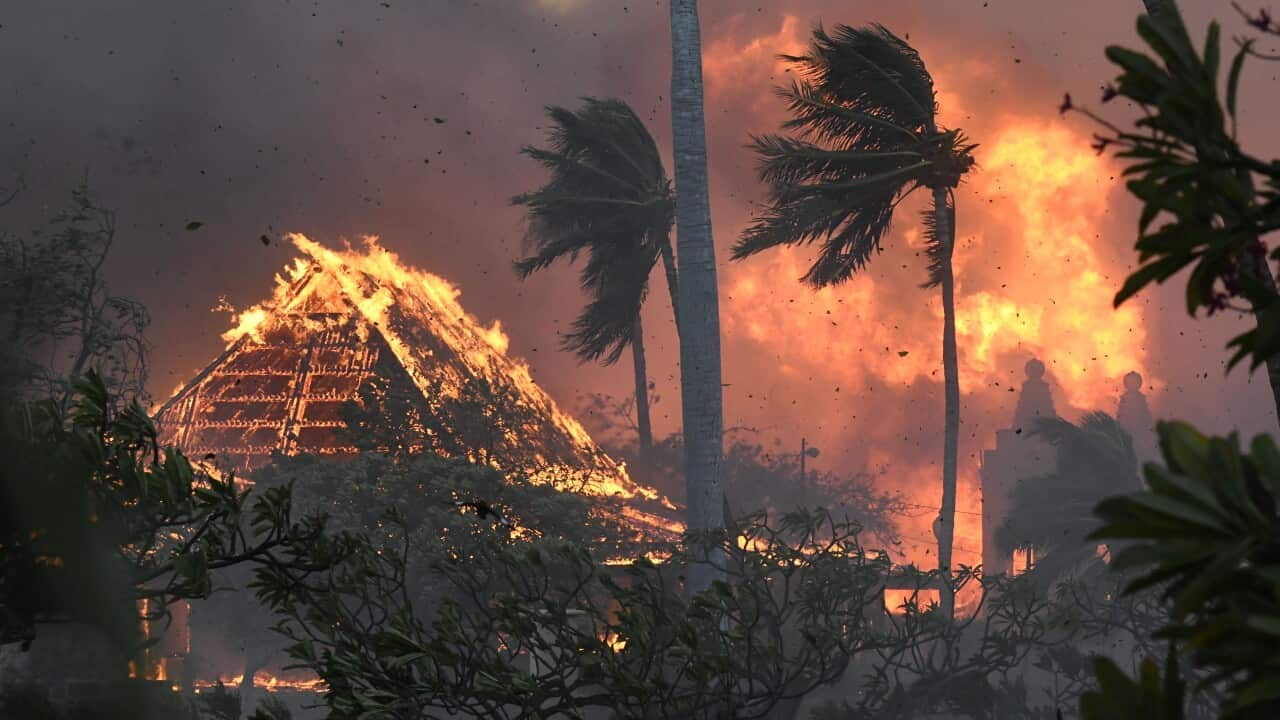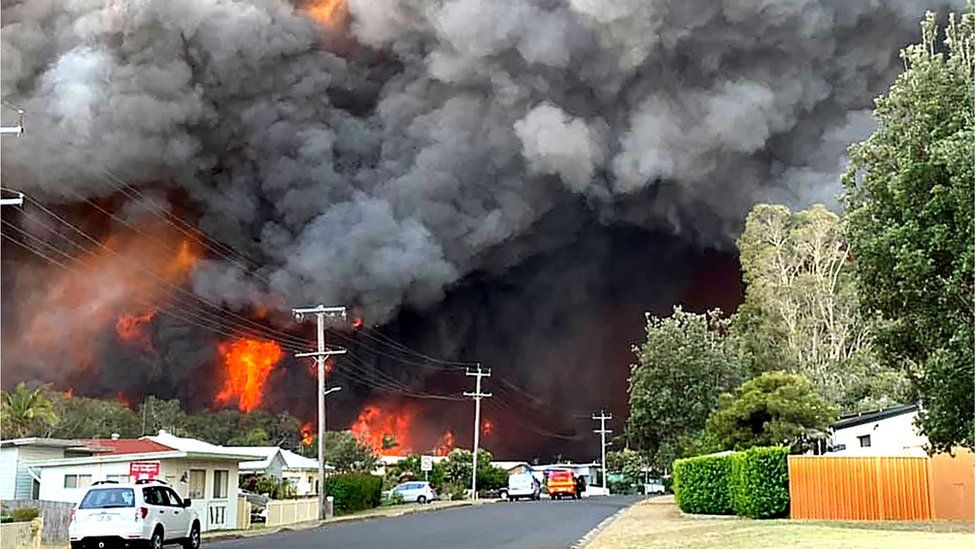BMP Fundamentals: Guarding Your Property Against Bushfire Risks
BMP Fundamentals: Guarding Your Property Against Bushfire Risks
Blog Article
Expert Suggestions on Bushfire Management for Boosted Fire Defense
In the world of bushfire administration, the relevance of professional advice can not be overstated. From comprehending the subtleties of bushfire actions to implementing practical actions such as firebreaks and defensible areas, there exists a riches of expertise that can significantly enhance fire protection initiatives.
Recognizing Bushfire Actions
To efficiently manage and minimize the influence of bushfires, it is crucial to have a thorough understanding of bushfire behavior. Bushfires are complex natural phenomena influenced by various variables such as weather, topography, fuel load, and human activities. Comprehending just how these aspects interact is critical in forecasting the actions of a bushfire, permitting much better planning and action approaches.
One trick element of bushfire actions is fire spread. This includes the rate at which a fire developments, the instructions it takes, and the strength of the fires. By examining previous fire events and evaluating fire patterns, specialists can expect how a bushfire may advance under specific problems. Bushfire Risk. This understanding contributes in devising discharge strategies, assigning firefighting resources effectively, and executing danger reduction actions.
Moreover, comprehending ember assault, identifying, and fire whirls is crucial in understanding the full level of bushfire actions. By diving right into these intricacies of bushfire actions, authorities can enhance their readiness and reaction abilities, eventually reducing the effect of these destructive occasions.
Carrying Out Firebreaks and Defensible Rooms
Comprehending bushfire actions is foundational for successfully executing firebreaks and producing defensible areas to enhance fire defense. Firebreaks are purposefully placed gaps in greenery or other flammable materials that work as obstacles to reduce or quit the development of a bushfire. These can be all-natural features like roadways or rivers, or synthetic cleanings. Preserving these firebreaks with regular clearing up of particles and plants is vital to guarantee their performance during a bushfire event.

Effectively implementing firebreaks and defensible spaces calls for precise preparation, routine maintenance, and community cooperation to make sure the highest possible level of fire defense for residential or commercial properties and lives in bushfire-prone locations.
Using Very Early Caution Solutions
Deploying advanced very early warning systems is crucial for timely discovery and alerting of prospective bushfire dangers. By making use of innovative innovations such as satellite monitoring, climate sensing units, and thermal imaging, authorities can successfully spot and keep an eye on fire-prone locations ignition sources at the earliest stages. These systems can supply real-time information on fire direction, actions, and intensity, enabling prompt decision-making and rapid deployment of firefighting sources to the influenced areas.
Very early warning systems additionally play a crucial role in alerting locals and neighborhoods regarding foreshadowing bushfire threats. With automated sirens, message informs, telephone call, and social networks notices, people can be swiftly educated concerning evacuation orders, safe sanctuary areas, and emergency situation treatments. This proactive approach not only conserves lives but additionally minimizes home damages by making certain that individuals have enough time to evacuate and protect their homes.
Developing Evacuation Strategies
Reliable discharge strategies are important for making certain the safety of citizens in bushfire-prone areas. Developing well-thought-out discharge strategies is critical in alleviating the threats positioned informative post by bushfires and guarding human life. These plans must be detailed, taking into consideration numerous aspects such as the topography of the location, the density of plants, and the most likely speed and direction of the fire's spread.
When creating emptying strategies, it is very important to develop clear discharge routes and assembly factors where citizens can collect safely. These paths ought to be routinely maintained to make certain ease of access during emergencies. Additionally, communication techniques must remain in location to alert locals of impending danger and provide clear guidelines on evacuation procedures.
Partnership between regional authorities, emergency services, and neighborhood participants is crucial in creating reliable evacuation strategies. Routine drills and exercises ought to be conducted to familiarize locals with the treatments and guarantee a swift and arranged discharge when a bushfire threatens the area. By prioritizing the development of robust emptying plans, neighborhoods can boost their durability to bushfire emergency situations and decrease the potential effect on lives and homes

Engaging in Area Readiness
In the realm of bushfire management, fostering area readiness plays a critical duty in fortifying the durability of residents living in risky areas. Taking part in area preparedness includes enlightening citizens on bushfire dangers, promoting fire security methods, and creating emergency situation plans collectively. By actively including the area in readiness initiatives, individuals come to be more informed and empowered to take proactive measures to safeguard their lives and properties throughout bushfire cases.
Neighborhood preparedness efforts typically include carrying out fire drills, developing interaction networks, and arranging training sessions on fire suppression methods. Moreover, motivating cooperation amongst next-door neighbors to produce navigate to this website a natural support system can significantly enhance the overall readiness level of a community. When locals are educated and geared up to respond successfully to bushfires, the chance of minimizing damages and ensuring security increases substantially.
Final Thought
In verdict, efficient bushfire administration calls for a detailed understanding of fire behavior, the application of firebreaks and defensible rooms, the use of early caution systems, the growth of emptying strategies, and community engagement in readiness initiatives. By incorporating these methods, communities can enhance their fire security measures and decrease the effect of bushfires on both property and lives. Bushfire Risk. It is essential for all stakeholders to work with each other to produce a much safer environment in the click for more face of this natural calamity
To effectively mitigate the effect and take care of of bushfires, it is important to have a detailed understanding of bushfire habits. By studying past fire cases and analyzing fire patterns, specialists can prepare for how a bushfire could progress under specific problems.Understanding bushfire behavior is foundational for successfully applying firebreaks and creating defensible areas to improve fire defense. Engaging in area readiness includes educating locals on bushfire threats, promoting fire security methods, and establishing emergency situation strategies jointly.In conclusion, effective bushfire administration requires an extensive understanding of fire behavior, the application of firebreaks and defensible spaces, the use of very early caution systems, the advancement of evacuation plans, and neighborhood interaction in readiness efforts.
Report this page